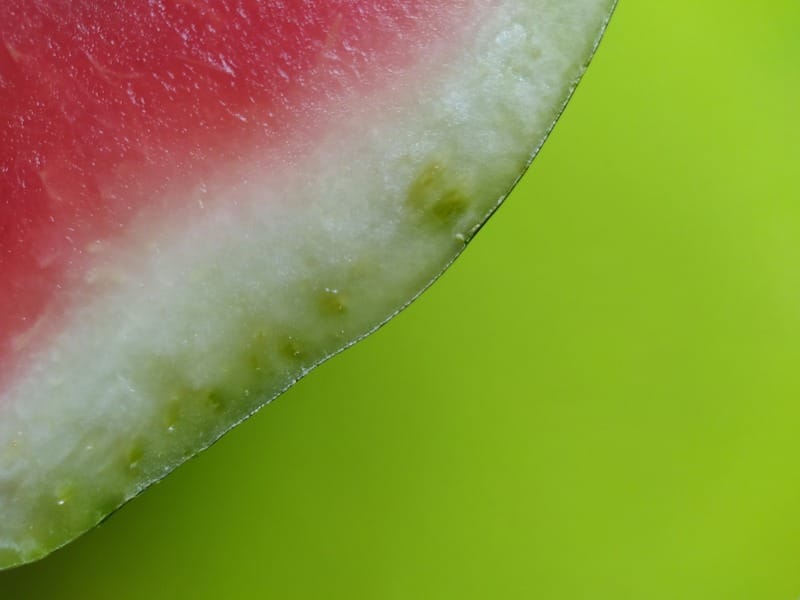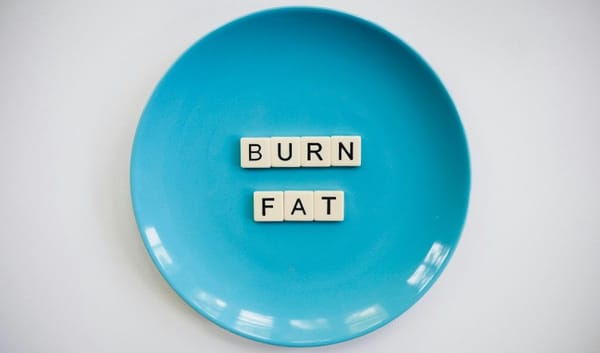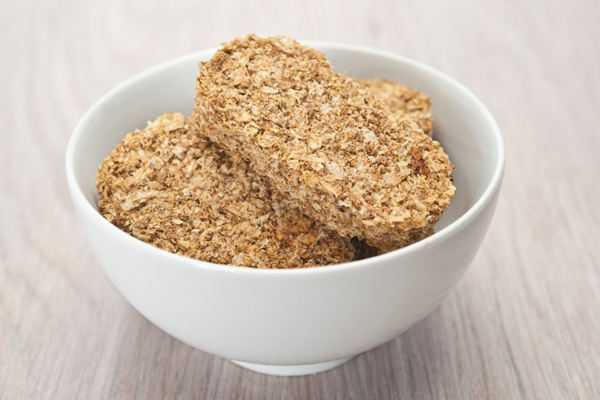Watermelon is a beloved summer fruit, known for its juicy pink flesh and refreshing taste. But what about the white and green rind that often ends up in the compost bin? As it turns out, watermelon rind is not only edible but may offer some surprising health benefits. Let's explore the science behind this often-overlooked part of the fruit and discover innovative ways to incorporate it into your diet.
Key takeaways:
• Watermelon rind is edible and contains valuable nutrients
• The rind is rich in fiber, vitamins, and antioxidants
• Consuming watermelon rind may offer health benefits
• There are various ways to prepare and enjoy watermelon rind
Nutritional profile of watermelon rind
Watermelon rind is often discarded, but it actually contains a wealth of nutrients. The white part of the rind is particularly rich in fiber, which is essential for digestive health and can help promote feelings of fullness[1]. Additionally, the rind contains vitamins B and C, as well as minerals like potassium and magnesium[2].
One of the most interesting compounds found in watermelon rind is citrulline, an amino acid that has gained attention for its potential health benefits. Citrulline is converted to arginine in the body, which plays a role in various physiological processes[3].
Potential health benefits
Research suggests that consuming watermelon rind may offer several health benefits:
- Improved cardiovascular health: The citrulline in watermelon rind may help lower blood pressure and improve blood flow[4].
- Enhanced exercise performance: Some studies indicate that citrulline supplementation could improve athletic performance and reduce muscle soreness[5].
- Antioxidant properties: The rind contains antioxidants like lycopene, which may help protect cells from damage caused by free radicals[6].
- Blood sugar regulation: The fiber content in watermelon rind could help slow down sugar absorption, potentially benefiting those with diabetes or prediabetes[7].
While these potential benefits are promising, it's important to note that more research is needed to fully understand the effects of watermelon rind consumption on human health.
Preparing and consuming watermelon rind
If you're interested in trying watermelon rind, there are several ways to incorporate it into your diet:
- Pickled rind: A traditional Southern delicacy, pickled watermelon rind offers a tangy and sweet flavor.
- Smoothies: Blend the white part of the rind into your favorite smoothie recipe for added fiber and nutrients.
- Stir-fries: Chop the rind and add it to stir-fries for a crunchy texture.
- Juicing: Include the rind when juicing watermelon for a nutrient boost.
- Candied rind: For a sweet treat, try candying the rind with sugar and spices.
When preparing watermelon rind, be sure to wash it thoroughly to remove any dirt or pesticides. You can eat both the white and green parts of the rind, but the green outer skin may be tougher and less palatable.
Safety considerations
While watermelon rind is generally safe to eat, there are a few considerations to keep in mind:
- Pesticides: If the watermelon is not organic, the rind may contain pesticide residues. Washing thoroughly can help reduce this risk.
- Digestive issues: The high fiber content of watermelon rind may cause digestive discomfort in some individuals, especially if consumed in large quantities.
- Allergies: Although rare, some people may be allergic to watermelon or related fruits. If you experience any allergic symptoms, discontinue consumption and consult a healthcare professional.
Sustainability aspect
Eating watermelon rind can be seen as a sustainable practice, as it reduces food waste. By utilizing the entire fruit, we can maximize the nutritional value and minimize environmental impact. This aligns with the growing trend of "nose-to-tail" or "root-to-stem" eating, which encourages using all parts of plants and animals in cooking[8].
Conclusion:
The answer to "Can you eat watermelon rind?" is a resounding yes. Not only is it edible, but it also offers potential health benefits and can be prepared in various delicious ways. By incorporating watermelon rind into your diet, you can reduce food waste while potentially boosting your nutrient intake. As with any dietary change, it's always wise to introduce new foods gradually and pay attention to how your body responds.
Share your experience
Have you tried eating watermelon rind? We'd love to hear about your experiences and favorite recipes. Share your thoughts in the comments below or join our community forum to discuss innovative ways to use often-discarded food parts for better health and sustainability.
References:
[1] Fila, W. A., et al. (2013). Comparative proximate compositions of watermelon Citrullus lanatus, squash Cucurbita pepo'l and rambutan Nephelium lappaceum. International Journal of Science and Technology, 2(1), 81-88.
[2] Egbuonu, A. C. C. (2015). Comparative investigation of the proximate and functional properties of watermelon (Citrullus lanatus) rind and seed. Research Journal of Environmental Toxicology, 9(3), 160-167.
[3] Rimando, A. M., & Perkins-Veazie, P. M. (2005). Determination of citrulline in watermelon rind. Journal of Chromatography A, 1078(1-2), 196-200.
[4] Figueroa, A., et al. (2012). Watermelon extract supplementation reduces ankle blood pressure and carotid augmentation index in obese adults with prehypertension or hypertension. American Journal of Hypertension, 25(6), 640-643.
[5] Pérez-Guisado, J., & Jakeman, P. M. (2010). Citrulline malate enhances athletic anaerobic performance and relieves muscle soreness. The Journal of Strength & Conditioning Research, 24(5), 1215-1222.
[6] Tlili, I., et al. (2011). Bioactive compounds and antioxidant activities of different watermelon (Citrullus lanatus (Thunb.) Mansfeld) cultivars as affected by fruit sampling area. Journal of Food Composition and Analysis, 24(3), 307-314.
[7] Johnson, R. J., et al. (2007). Potential role of sugar (fructose) in the epidemic of hypertension, obesity and the metabolic syndrome, diabetes, kidney disease, and cardiovascular disease. The American Journal of Clinical Nutrition, 86(4), 899-906.
[8] Storrs, C. (2019). The rise of zero-waste cooking. Nature, 572(7768), S17-S18.
Citations:
[1] https://www.ncbi.nlm.nih.gov/pmc/articles/PMC10300363/
[2] https://quizgecko.com/learn/health-article-writing-best-practices-wbzcjk
[3] https://www.healthshots.com/healthy-eating/nutrition/watermelon-rind-benefits/
[4] https://www.mindbodygreen.com/articles/watermelon-rind
[5] https://www.healthline.com/health/food-nutrition/watermelon-rind-benefits
[6] https://www.nwhealth.edu/news/11-top-watermelon-health-benefits/
[7] https://prlab.co/blog/creating-quality-content-writing-skills-that-engage-readers/
[8] https://surferseo.com/blog/effective-writing-principles/
[9] https://forgeandsmith.com/blog/structure-content-maximize-reader-engagement/














Member discussion